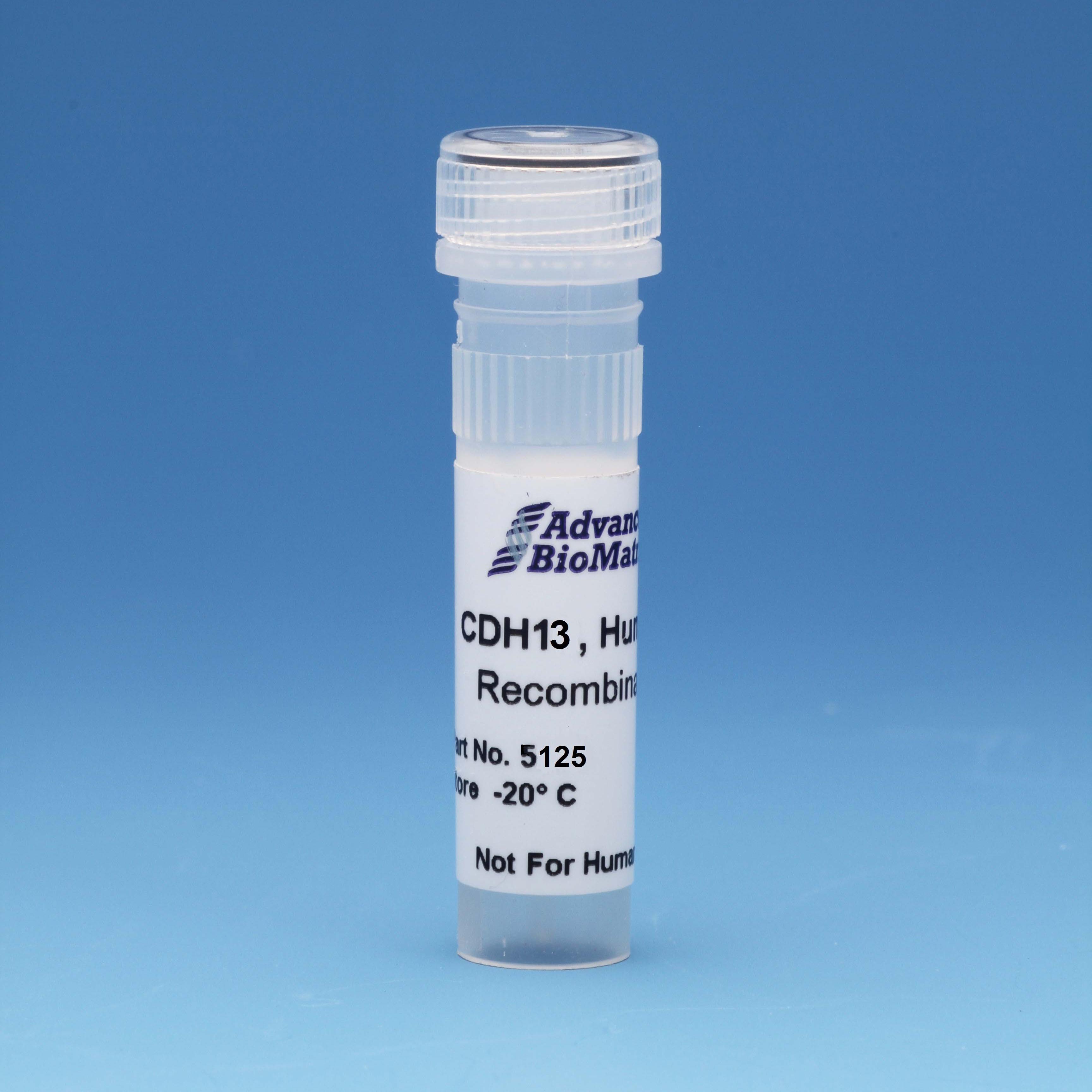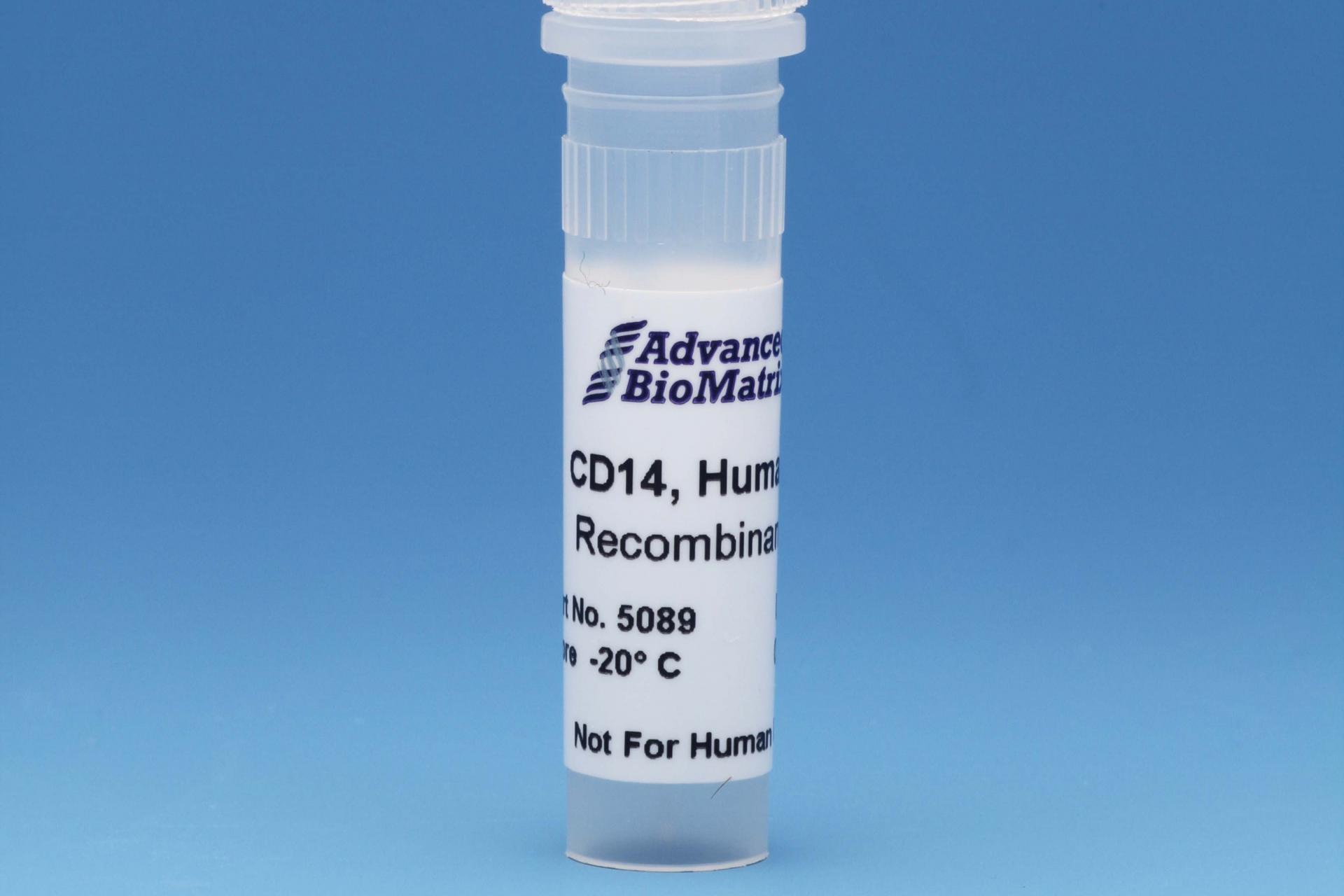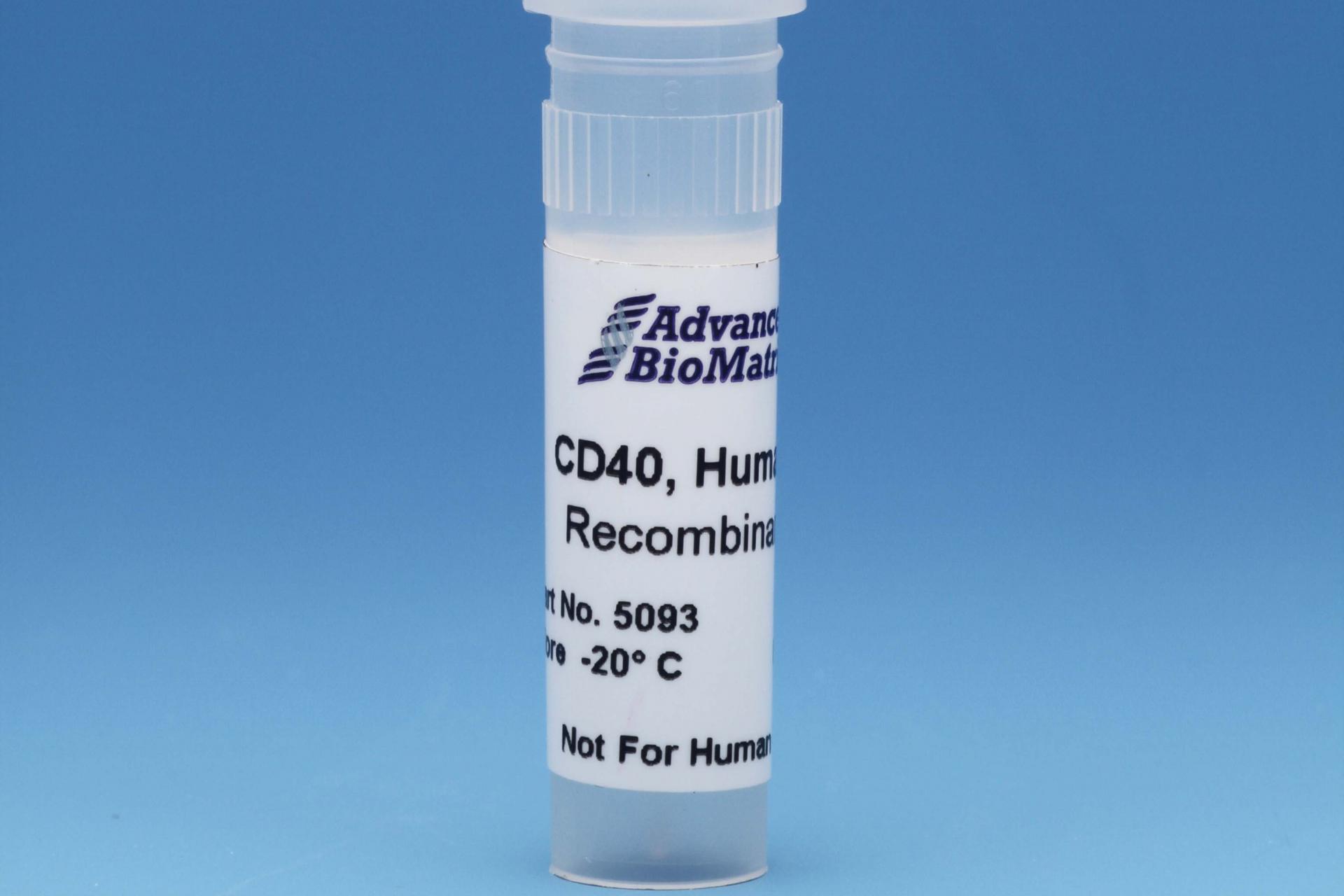-
Collagen
-
Type I - Atelocollagen
- PureCol® Solution, 3 mg/ml (bovine) #5005
- Nutragen® Solution, 6 mg/ml (bovine) #5010
- FibriCol® Solution, 10 mg/ml (bovine) #5133
- PureCol® EZ Gel, Solution, 5 mg/ml (bovine) #5074
- PureCol® Lyophilized, 15 mg (bovine) #5006
- VitroCol® Solution, 3 mg/ml (human) #5007
- VitroCol® Lyophilized, 15 mg (human) #5008
-
Type I - Telocollagen
- TeloCol®-3 Solution, 3 mg/ml (bovine) #5026
- TeloCol®-6 Solution, 6 mg/ml (bovine) #5225
- TeloCol®-10 Solution, 10 mg/ml (bovine) #5226
- RatCol™ for 2D and 3D, Solution, 4 mg/ml (rat) #5153
- RatCol™ High Concentration, Solution, 10 mg/ml (rat)
- RatCol™ lyophilized, 100 mg (rat)
- RatCol™ for Coatings, Solution, 4 mg/ml (rat) #5056
- Type I - Insoluble Collagen
- Type I - Bioinks
- Type II Collagen
- Type III Collagen
- Type IV Collagen
- Collagen Standard
-
PureCol® Collagen Coated Plates
- Collagen Coated T-25 Flasks #5029
- Collagen Coated 6-well Plates #5073
- Collagen Coated 12-well Plates #5439
- Collagen Coated 24-well Plates #5440
- Collagen Coated 48-well Plates #5181
- Collagen Coated 96-well Plates #5072
- Collagen Coated 384-well Plates #5380-5EA
- Collagen Coated 100 x 20 mm Dishes #5028
- MatTek Glass-Bottom Dishes
- MatTek Multi-Well Plates
- Collagen Scaffolds
- Collagen Hybridizing Peptides
-
Type I - Atelocollagen
- Tunable Stiffness
- CytoSoft™ Rigidity Plates
-
Bioprinting
- Support Slurry for FRESH Bioprinting
-
Bioinks for Extrusion Bioprinting
- Lifeink® 200 Collagen Bioink (35 mg/ml) #5278
- Lifeink® 220 Collagen Bioink (70 mg/ml) #5343
- Lifeink® 240 Acidic Collagen Bioink (35 mg/ml) #5267
- Lifeink® 260 Acidic Collagen Bioink (70 mg/ml) #5358
- GelMA Bioink
- GelMA A Bioink
- GelMA C Bioink
- Pluronic F-127 40% Sterile Solution
- GelMA 20% Sterile Solution
- Alginate 5% Sterile Solution
- Photoinitiators
- Bioinks for BIONOVA X
- Bioinks for Lumen X
- DLP Printing Consumables
-
Create Your Own Bioinks
- PhotoCol® Methacrylated Collagen
- PhotoGel® Methacrylated Gelatin 95% DS
- PhotoGel® Methacrylated Gelatin 50% DS
- PhotoHA®-Stiff Methacrylated Hyaluronic Acid
- PhotoHA®-Soft Methacrylated Hyaluronic Acid
- PhotoAlginate® Methacrylated Alginate
- PhotoDextran® Methacrylated Dextran
- PEGDA (Various Molecular Weights)
- Silk Fibroin, Solution
- PhotoSericin® Methacrylated Sericin
- Bioprinters
-
3D Hydrogels
- Thermoreversible Hydrogel
- Silk Fibroin
-
Type I Collagen for 3D Hydrogels
- PureCol® Solution, 3 mg/ml (bovine) #5005
- Nutragen® Solution, 6 mg/ml (bovine) #5010
- FibriCol® Solution, 10 mg/ml (bovine) #5133
- PureCol® EZ Gel, Solution, 5 mg/ml (bovine) #5074
- VitroCol® Solution, 3 mg/ml (human) #5007
- TeloCol®-3 Solution, 3 mg/ml (bovine) #5026
- TeloCol®-6 Solution, 6 mg/ml (bovine) #5225
- TeloCol®-10 Solution, 10 mg/ml (bovine) #5226
- RatCol® for 3D gels, Solution, 4 mg/ml (rat) #5153
- HyStem® Thiolated Hyaluronic Acid
- Methacrylated Collagen
- Methacrylated Gelatin
- Methacrylated Hyaluronic Acid
- Diacrylates
- Collagen Sponges
- Methacrylated Polysaccharides
- Spheroids and Organoids
- Extracellular Matrices
- HyStem / Hyaluronic Acid
-
Adhesion Peptides / Proteins
-
Recombinant Adhesion Proteins
- CD2, 0.5 mg/ml #5086
- CDH3, 0.5 mg/ml #5124
- CDH13, 0.5 mg/ml #5125
- CD14, 0.5 mg/ml #5089
- CDH18, 0.5 mg/ml #5090
- CD40, 0.5 mg/ml #5093
- CD86, 0.5 mg/ml #5096
- CD164, 0.5 mg/ml #5100
- CD270, 0.5 mg/ml #5127
- CD274, 0.5 mg/ml #5126
- CD276, 0.5 mg/ml #5123
- E-Cadherin (CD324), 0.5 mg/ml #5085
- ICAM2, 0.5 mg/ml #5107
- Adhesion Peptides
- Collagen Hybridizing Peptides
-
Recombinant Adhesion Proteins
- Reagents
- Assays
CDH13
Solution, 0.5 mg/ml (Recombinant)
Catalog #5125
CDH13
Solution, 0.5 mg/ml (Recombinant)
Catalog #5125
CDH13 is localized to the surface of the cell membrane and is anchored by a GPI moiety. The protein lacks the cytoplasmic domain characteristic of other cadherins. This protein acts as a negative regulator of axon growth during neural differentiation. It also protects vascular endothelial cells from apoptosis.
Product Description
CDH13 gene encodes a member of the cadherin superfamily. The encoded protein is localized to the surface of the cell membrane and is anchored by a GPI moiety, rather than by a transmembrane domain. The protein lacks the cytoplasmic domain characteristic of other cadherins, and so is not thought to be a cell-cell adhesion glycoprotein. This protein acts as a negative regulator of axon growth during neural differentiation. It also protects vascular endothelial cells from apoptosis due to oxidative stress, and is associated with resistance to atherosclerosis. The gene is hypermethylated in many types of cancer.
Full-length extracellular domain of human CDH13 gene (139-693 aa) was constructed with 31 N-terminal T7/His tag and expressed in E. coli as inclusion bodies. The final product was refolded using our unique “temperature shift inclusion body refolding” technology and chromatographically purified.
| Parameter, Testing, and Method | CDH13 #5125 |
| Quantity | 0.1 mg |
| Volume | 0.2 mL |
| Concentration | 0.5 mg/mL |
| Purity - SDS PAGE Electrophoresis | > 90% |
| Formulation | FOrmulated in 20 mM pH 8.0 TRIS-HCL Buffer, with proprietary formulation of NaCl, KCl, EDTA, L-Arginine, DTT and Glycerol |
| Form | Solution |
| Production Type | Recombinant - E. Coli |
| Storage Temperature | -20°C |
| Shelf Life | Minimum of 6 months from date of receipt |
| Sterilization Method | Filtration |
| Cell Assay | Pass |
| Sterility - USP modified | No Growth |
| Accession Number | NP_001248 |
| Recombinant Protein Sequence | MASMTGGQQMGRGHHHHHHGNLYFQGGEFELSIVVSPILIPENQ RQPFPRDVGKVVDSDRPERSKFRLTGKGVDQEPKGIFRINENTG SVSVTRTLDREVIAVYQLFVETTDVNGKTLEGPVPLEVIVIDQN DNRPIFREGPYIGHVMEGSPTGTTVMRMTAFDADDPATDNALLR YNIRQQTPDKPSPNMFYIDPEKGDIVTVVSPALLDRETLENPKY ELIIEAQDMAGLDVGLTGTATATIMIDDKNDHSPKFTKKEFQAT VEEGAVGVIVNLTVEDKDDPTTGAWRAAYTIINGNPGQSFEIHT NPQTNEGMLSVVKPLDYEISAFHTLLIKVENEDPLVPDVSYGPS STATVHITVLDVNEGPVFYPDPMMVTRQEDLSVGSVLLTVNATD PDSLQHQTIRYSVYKDPAGWLNINPINGTVDTTAVLDRESPFVD NSVYTALFLAIDSGNPPATGTGTLLITLEDVNDNAPFIYPTVAE VCDDAKNLSVVILGASDKDLHPNTDPFKFEIHKQAVPDKVWKIS KINNTHALVSLLQNLNKANYNLPIMVTDSGKPPMTNITDLRVQV CSCRNSKVDCNAAG |
Directions for Use
Download the full PDF version or continue reading below:
Use these recommendations as guidelines to determine the optimal coating conditions for your culture system.
- Thaw CDH13 and dilute to desired concentration using serum-free medium or PBS. The final solution should be sufficiently dilute so that the volume added covers the surface evenly.
- Add appropriate amount of diluted material to culture surface.
- Incubate at room temperature for approximately 1 – 2 hours.
- Aspirate remaining material.
- Rinse plates carefully with dH2O– avoid scratching bottom surface of plates.
- Plates are ready for use. They may also be stored at 2-8°C damp or air dried if sterility is maintained.
Coating this recombinant protein at 1-10 ug / well (6 well plate) in neuronal cell specific medium can be used for 1) human neuronal cell and vascular endothelial cell / receptor interaction study or 2) for human neuronal and vascular endothelial cell/receptor interaction in vitro.
Product Certificate of Analysis
No result for .
Product Disclaimer
This product is for R&D use only and is not intended for human or other uses. Please consult the Material Safety Data Sheet for information regarding hazards and safe handling practices.







